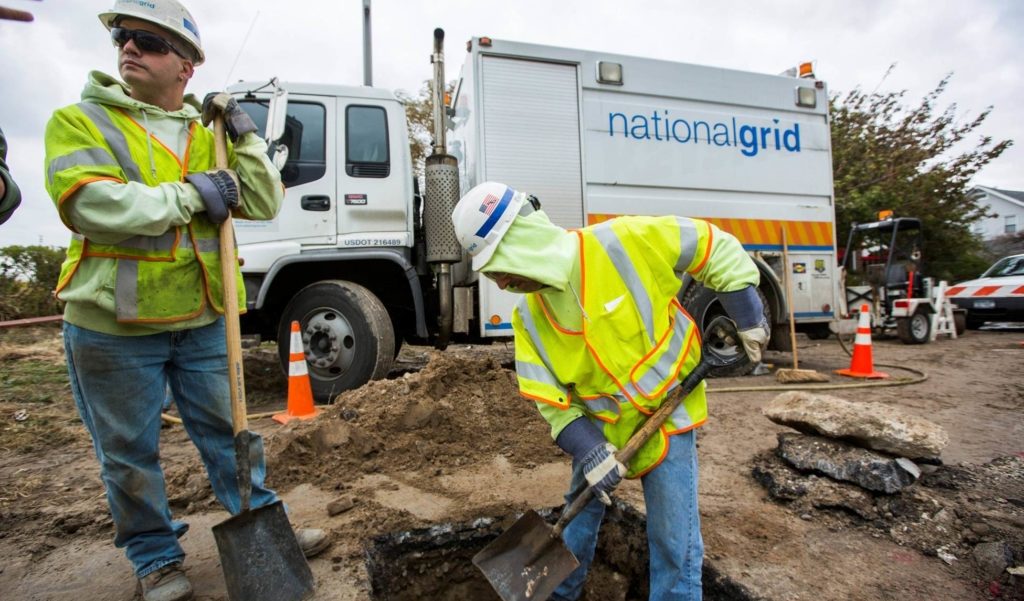We at pv magazine have seen utilities do a lot of unusual things. But one thing that can usually be counted on is that when a state agency wants a utility to procure a certain capacity of renewable energy, the utility typically procures that capacity.
But it seems that doesn’t apply if the state is Rhode Island, and the utility is National Grid. Last November National Grid released the results of a Request For Proposals (RFP), reporting 41 bids from 11 developers for 2.5 GW of capacity, but as it turns out the utility is only choosing one of the 41.
A statement from the Rhode Island Office of Energy Resources (OER) has declared that the agency is “disappointed” to learn that National Grid has selected a sole project to buy power from, and alludes to this project representing a “small portion” of the 400 MW of capacity in the RFP.
The relationship between the state and this solicitation is unclear, perhaps intentionally so. While the Raimondo Administration announced the solicitation 18 months ago within the context of the Governor’s goal to procure 1 GW of renewable energy by the end of 2020, it has also described the RFP as being a “voluntarily initiated” by National Grid. In other words, the administration appears to attempt to take credit for it without actually requiring National Grid to do anything beyond fulfilling a “small statutory requirement”.
OER declined to respond to pv magazine’s requests for a number on the capacity of the project, so little is known at this time. However, it is not clear if the administration of Governor Gina Raimondo (D) will do anything meaningful to compel National Grid to comply with the 400 MW number.
And the answer here may lie in the terms of the RFP, which on its first page states that National Grid “may, but is not required to” select up to 400 MW of projects.
What 1 GW goal?
This move casts doubt on Governor Raimondo’s stated goal of procuring 1 GW of renewable energy by the end of 2020, with only 371 MW of wind, solar and landfill gas projects installed by the end of the first quarter of 2019. And while a number of solar projects are currently under development and/or construction, Rhode Island has seen NIMBY resistance to large-scale solar and a state-led effort to set standards for local siting stalled in the House Energy and Natural Resources Committee – even before House Speaker Nicholas Mattiello (D) declined to pass any environmental legislation in an end-of-session temper tantrum/power play.
Furthermore, local developers have told pv magazine that the state’s Renewable Energy Growth (REG) program is going largely unsubscribed due to reduced rates and longer payback times.
Additionally, a massive pending offshore wind project, Deepwater Wind’s 400 MW Revolution Wind, is not set to come online until 2023. However since Governor Raimondo’s goal only requires that these projects have power contracts – not actually be constructed – it could still qualify.
But it is still not clear that this goal will be reached if the Raimondo Administration allows National Grid do as it chooses.
Update July 29 3:20 PM EST: At 3:09 PM National Grid sent a response to pv magazine which argued that its stalling on deployment of renewables is in the interest of getting lower prices.
“While some may think we had the opportunity to do more, we think we can get a better deal for our customers by spreading out some of these projects over time as the price of clean energy continues to decline,” read the statement.
Correction July 30, 10:15 AM EST: This article was modified to clarify that the Revolution Wind project could still allow the state to meet Governor Raimondo’s target, and that the target only requires that projects hold PPAs – not be built. The article was further updated at 11:15 AM to include the Raimondo Administration’s description of the RFP as voluntary.
This content is protected by copyright and may not be reused. If you want to cooperate with us and would like to reuse some of our content, please contact: editors@pv-magazine.com.









This one sentence leaves the ‘building’ of an alternative energy grid out in the cold. “And the answer here may lie in the terms of the RFP, which on its first page states that National Grid “may, but is not required to” select up to 400 MW of projects.”
Since Rhode Island doesn’t have the voter initiative process as part of their power base, there is no voter remedy for National Grids actions. So, National Grids excuse is fence sitting for lower prices (in the future).
When the fueled power plants feeding Rhode Island come up for decommissioning at the end of their service lives and the electricity rates increase to pay for decommissioning and electricity on the spot market to replace the decommissioned plant’s former output, National Grid will get spanked and spanked hard. I smell a NEW tactic in the utility wars. National Grid thinks they can hide under ACE to (play it safe) until solar PV and or wind with energy storage drops in price. What NG doesn’t seem to realize is that ACE pushes the responsibility down to the States and utilities that reside in those States. Since Rhode Island is already “disappointed” with NG, who will be holding the bag when environmental groups that used to sue the Federal Government starts suing the State and NG.